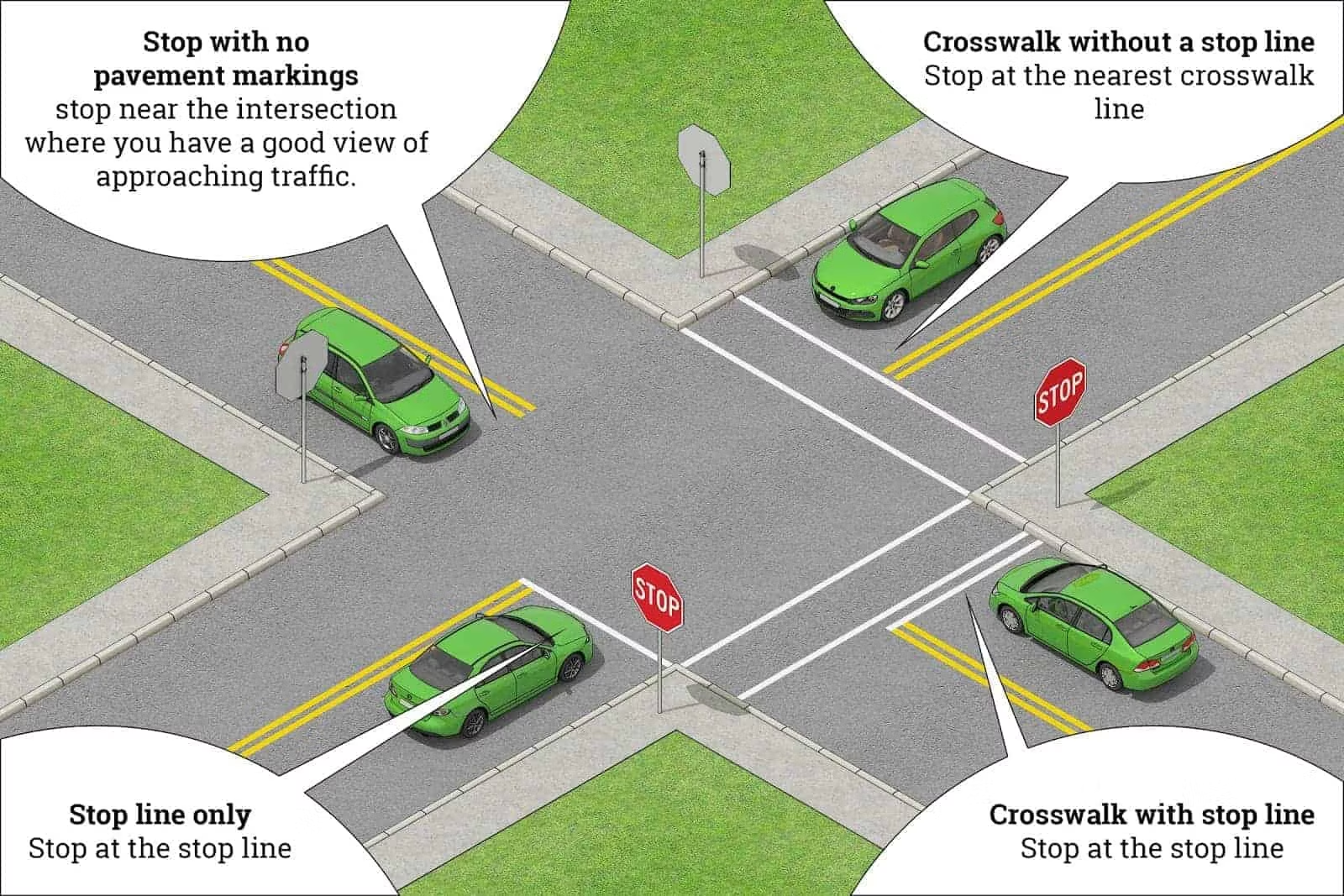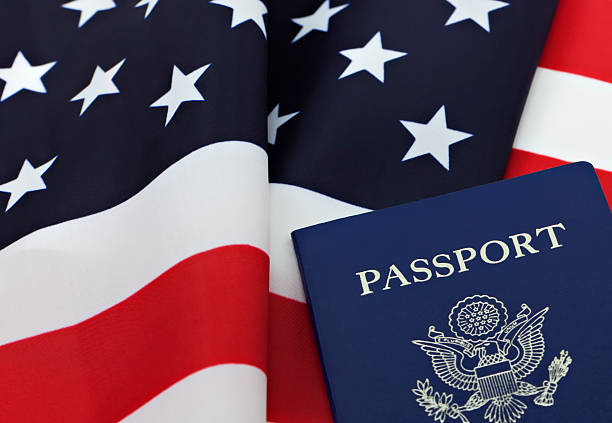Navigating traffic in Columbus can be tricky, especially during rush hours or at busy intersections. For drivers, understanding the “right of way” rules isn’t just a matter of courtesy—it’s critical to ensuring safety on the roads. But who goes first, and what are the exact rules governing the right of way in the city? Here’s a breakdown of everything you need to know.
The Basics of Right of Way
The term “right of way” refers to the legal right to proceed first in a traffic situation. It’s a principle designed to prevent accidents and keep traffic flowing smoothly. In Columbus, these rules are not arbitrarily decided but are outlined under Ohio’s state traffic laws, which align closely with national standards. Drivers are encouraged to familiarize themselves with Ohio’s traffic regulations, as they serve as the foundation for safe driving practices in the state.
The Ohio Department of Public Safety highlights that while the law dictates who has the right of way, yielding it in potentially hazardous situations is always the safest option. Drivers must remember that even if they technically have the right of way, safety should take precedence.
Right of Way at Intersections
In Columbus, intersections are one of the most common areas where right-of-way rules come into play. According to the Ohio Revised Code, drivers approaching a stop sign must yield to any vehicle already in the intersection or approaching from the right if both vehicles arrive simultaneously. At a four-way stop, the driver who arrives first has the right of way. If multiple drivers arrive at the same time, the vehicle on the right typically proceeds first.
Traffic lights add another layer of complexity. At a green light, drivers may proceed unless they’re turning left, in which case they must yield to oncoming traffic. A flashing yellow light indicates drivers should proceed with caution but must yield to other vehicles in the intersection or pedestrians.
Columbus drivers should also be mindful of roundabouts, which are becoming increasingly common across the city. In these cases, vehicles already inside the roundabout have the right of way, and incoming drivers must yield before entering.
Right of Way for Pedestrians and Cyclists
Pedestrians and cyclists have special protections under Ohio law. At marked or unmarked crosswalks, vehicles are required to yield to pedestrians. According to the City of Columbus Pedestrian Safety Guidelines, drivers should always slow down near crosswalks and give pedestrians ample time to cross safely. Failing to do so can result in hefty fines and penalties.
For cyclists, the rules are similar. They are treated as vehicles under state law, which means they must follow the same traffic rules as motorized vehicles. However, drivers are obligated to give at least three feet of space when overtaking cyclists. In shared bike lanes or on roads without designated bike lanes, cyclists have the right of way when they are proceeding straight through an intersection.
Special Circumstances: Emergency Vehicles and School Buses
Drivers in Columbus must also understand how to handle emergency vehicles and school buses. Emergency vehicles, such as ambulances, fire trucks, and police cars, always have the right of way when their sirens or lights are activated. Ohio law requires drivers to pull over to the right side of the road and stop until the emergency vehicle has passed.
Similarly, school buses demand special attention. When a bus stops and activates its flashing red lights, vehicles in both directions must stop, regardless of the side of the road they are on, unless they are on the opposite side of a divided highway. The Ohio Department of Transportation stresses that this rule is critical to protecting children entering or exiting buses.
Common Misconceptions About Right of Way
Despite clear laws, many drivers remain confused about right-of-way rules in certain scenarios. For instance, some believe that larger vehicles always have the right of way, but this is not true. The law does not prioritize size; it prioritizes safety and order.
Another common misconception involves merging onto highways. While vehicles already on the highway have the right of way, merging drivers are expected to adjust their speed and find a safe gap in traffic. For Columbus residents, this rule is particularly relevant on busy interstates like I-70 and I-71, where traffic flow can be unpredictable.
Enforcement and Penalties
Failure to adhere to right-of-way laws in Columbus can lead to significant consequences. Violations are typically treated as traffic infractions, with fines and points added to the driver’s license. More serious violations that result in accidents can lead to increased insurance rates or even license suspension.
Local law enforcement and the Ohio State Highway Patrol conduct regular campaigns to raise awareness about traffic safety, including right-of-way rules. Drivers are encouraged to participate in these initiatives or review online resources to stay informed.
Conclusion: Putting Safety First
Understanding and following right-of-way rules isn’t just about avoiding tickets—it’s about protecting lives. In a growing city like Columbus, where traffic density continues to increase, these rules play a crucial role in maintaining road safety. Whether you’re a seasoned driver or a newcomer to the city, taking the time to understand right-of-way laws can make a significant difference.
As you navigate Columbus’s roads, remember this golden rule: When in doubt, yield. It’s always better to be cautious and ensure everyone’s safety than to assert your right of way and risk an accident. By adhering to these guidelines and staying alert, you contribute to a safer, more efficient driving experience for all.
Disclaimer – Our team has carefully fact-checked this article to make sure it’s accurate and free from any misinformation. We’re dedicated to keeping our content honest and reliable for our readers.








